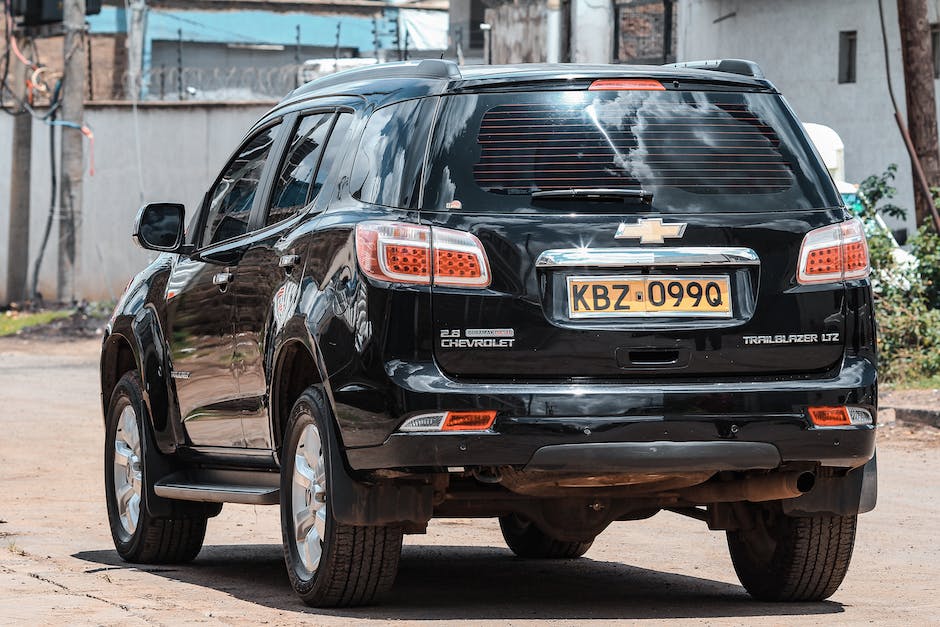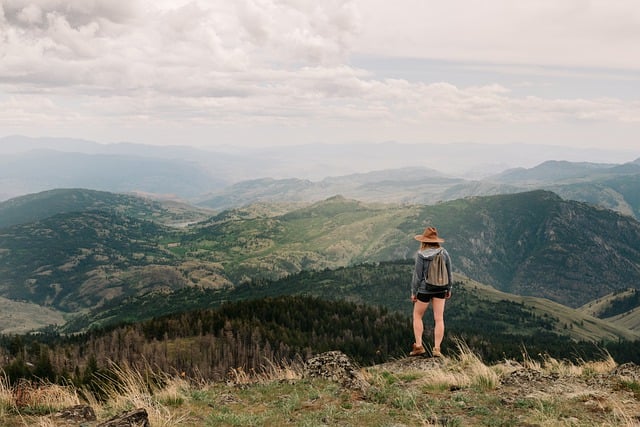Nature has always been a source of solace and inspiration for many of us. The idea of exploring the great outdoors, breathing in the fresh air, and basking in the beauty of the natural world is a dream that many share. However, for people with disabilities, this dream can often seem out of reach. The rugged terrain and steep inclines of many hiking trails can make them inaccessible, leaving those with mobility issues feeling left out. But fear not, for there are accessible hiking hotspots out there that cater to all abilities. In this article, we will be exploring the world of trailblazing and highlighting some of the best accessible hiking hotspots around. So, grab your walking boots and let’s hit the trails!
1. “Breaking Barriers: Exploring the World of Accessible Hiking”
Accessible hiking is a relatively new concept that has been gaining popularity in recent years. It is a form of hiking that is designed to be inclusive and accessible to people with disabilities. This means that trails are designed to be wheelchair-friendly, with smooth surfaces and gentle slopes. In addition, accessible hiking trails are often equipped with features such as handrails, benches, and rest areas to make the experience more comfortable for everyone.
Breaking barriers in the world of accessible hiking means creating more opportunities for people of all abilities to experience the great outdoors. It means designing trails that are accessible to everyone, regardless of their physical limitations. It also means raising awareness about the importance of accessibility and encouraging more people to get involved in the movement. With the right resources and support, accessible hiking has the potential to become a truly transformative experience for people with disabilities, helping them to connect with nature and enjoy the many benefits of outdoor recreation.
- Accessible hiking is a form of hiking that is designed to be inclusive and accessible to people with disabilities.
- Trails are designed to be wheelchair-friendly, with smooth surfaces and gentle slopes.
- Accessible hiking trails are often equipped with features such as handrails, benches, and rest areas to make the experience more comfortable for everyone.
Breaking barriers in the world of accessible hiking means creating more opportunities for people of all abilities to experience the great outdoors.
- It means designing trails that are accessible to everyone, regardless of their physical limitations.
- It also means raising awareness about the importance of accessibility and encouraging more people to get involved in the movement.
- With the right resources and support, accessible hiking has the potential to become a truly transformative experience for people with disabilities, helping them to connect with nature and enjoy the many benefits of outdoor recreation.
2. “Discovering the Untouched Beauty of “
Are you tired of the same old hiking trails? Do you crave adventure and the thrill of discovering something new? Look no further than these accessible hiking hotspots that offer untouched beauty and a chance to blaze your own trail.
1. Mount Rainier National Park, Washington – With over 260 miles of trails, Mount Rainier National Park offers something for every level of hiker. From easy strolls to challenging climbs, this park boasts breathtaking views of glaciers, wildflowers, and wildlife. Don’t miss the iconic Wonderland Trail, a 93-mile loop around the mountain.
2. The Wave, Arizona – This otherworldly sandstone formation in the Coyote Buttes North area of the Paria Canyon-Vermilion Cliffs Wilderness is a must-see for any adventurous hiker. Access is limited to just 20 people per day, so be sure to plan ahead and secure a permit. The Wave is a photographer’s dream, with its swirling patterns and vibrant colors.
3. “From Wheelchairs to Mountains: The Rise of Inclusive Hiking Destinations
As the world becomes more aware of the importance of inclusivity, hiking destinations are also adapting to cater to all types of visitors. From wheelchair users to those with visual impairments, hiking trails are being designed to be accessible to everyone.
- Wheelchair-friendly trails with smooth surfaces and gentle slopes are being created to allow wheelchair users to enjoy the outdoors.
- Audio guides and braille maps are being provided for visually impaired hikers to help them navigate the trails.
- Signage with large fonts and high contrast colors are being used to help those with cognitive disabilities.
These inclusive hiking destinations are not only making the outdoors accessible to everyone, but they are also promoting diversity and breaking down barriers. By creating a welcoming environment for all, people from different backgrounds and abilities can come together and enjoy the beauty of nature.
As we conclude our journey through the accessible hiking hotspots, we hope that this article has inspired you to lace up your boots and hit the trails. Whether you’re an experienced hiker or a beginner, there’s a trail out there waiting for you to explore. Remember, accessibility doesn’t have to mean sacrificing adventure. With a little research and preparation, you can blaze your own trail and experience the beauty of nature in all its glory. So, grab your gear, pack your snacks, and get ready to embark on your next adventure. Happy hiking!




